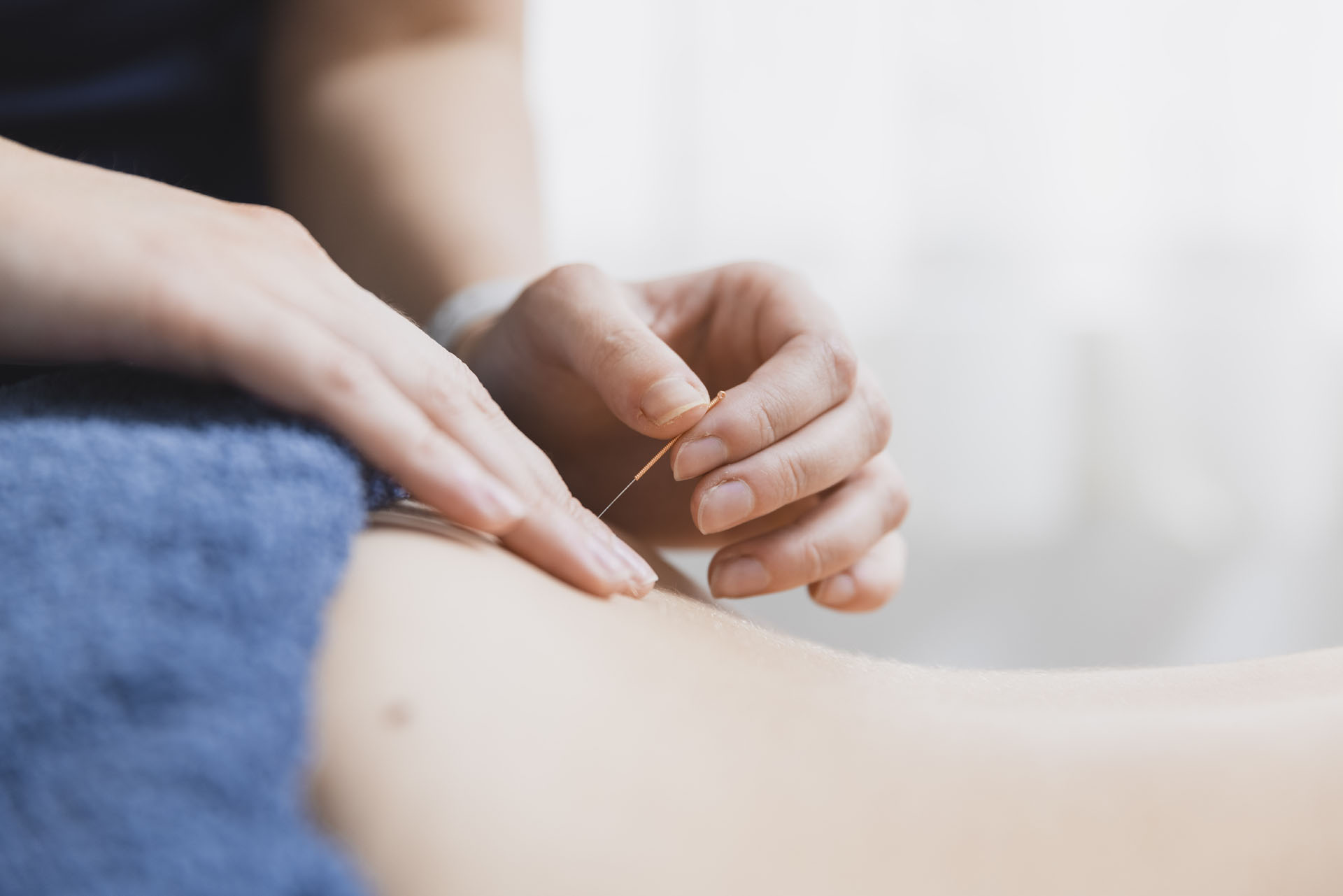Dry Needling
What is Dry Needling?
Dry needling is an invasive technique where thin monofilament needles penetrate the skin to treat underlying muscular trigger points. A trigger point is a local contracture or taut band in a muscle fibre that is associated with a hypersensitive palpable nodule. They initially form as a normal protective, physiological measure in the presence of actual or potential muscle damage. This is thought to occur in response to unaccustomed concentric or eccentric loading, prolonged postures and repetitive low load stress. When trigger points occupy the muscle for sustained periods they can restrict range of movement, cause local tenderness or refer pain and disrupt function.
How does it work?
Dry needling of trigger points often elicits a local ‘twitch’ response, an involuntary spinal cord reflex contraction. This is both diagnostic and therapeutic, as healthy muscle tissue will not ‘twitch’ when stimulated by a needle. After a ‘twitch’ response has occurred the muscle fibres in that area relax, circulation improves and inflammation is reduced.
What will I feel during my dry needling session?
Most people do not feel the needle being inserted. Once the needle reaches the muscle, the local ‘twitch’ response is often described as an electric shock or cramping sensation. It is very brief and only lasts for approximately 15-30 seconds.
Is dry needling safe?
There are minimal risks when dry needling is performed by a trained therapist. Before treatment, your therapist will obtain consent and discuss the benefits and risks of the procedure with you.
In the clinic, we practice a ‘clean’ technique, meaning that individually packaged, single use, sterile needles are used. The needles are very fine and most patients do not experience any side effects following a session. When side effects do occur, they are usually very minor and can include:
- A temporary increase in muscle soreness 24-48hrs post treatment
- Bruising or bleeding at the insertion site
